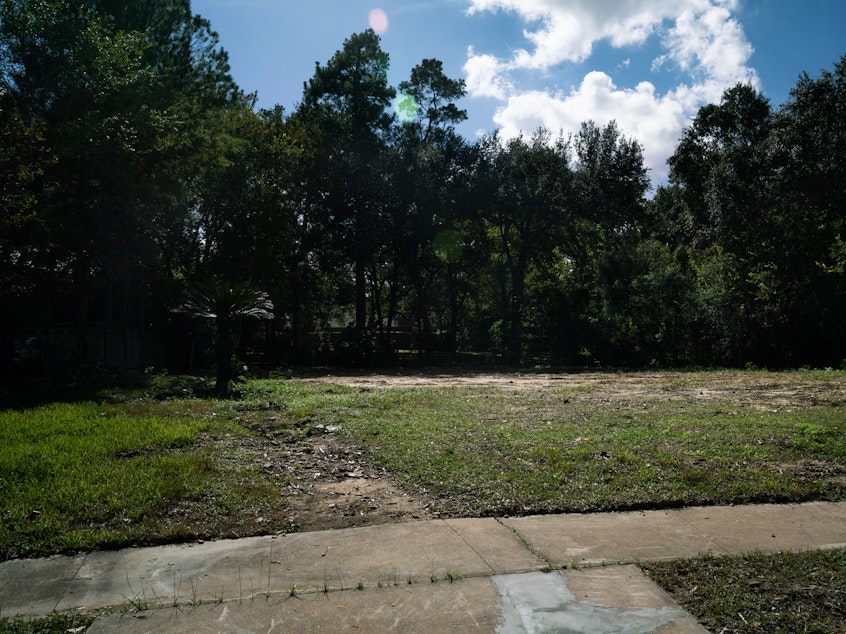People are leaving some neighborhoods because of floods, a new study finds

Hundreds of thousands of neighborhoods in the United States are seeing population decline as a result of flooding, new research suggests. Those neighborhoods are often located in areas that are growing in population overall, including parts of Florida, Texas and the region around Washington, D.C.
The results underscore how flood risk – which is growing due to climate change – is already affecting where Americans live.
"People are being more selective about where they live," says Jeremy Porter, one of the authors of the study and a researcher at the First Street Foundation, a research and advocacy organization that publishes analyses about climate hazards including flooding. The study was published in the journal Nature Communications.
Americans are flocking to some of the most flood-prone parts of the country, including coastal areas, and low-lying cities in Florida, Texas and coastal Virginia. At the same time, heavy rain and sea level rise from climate change means floods are getting larger and more frequent.
As a result, the cost of flood damage in the U.S. has skyrocketed in recent years. The Federal Emergency Management Agency, home insurance companies and climate and housing experts all warn that huge financial losses from flood damage are not sustainable for families or the economy.
At the same time, people buying homes are increasingly aware, and wary, of flood risk. More and more states are requiring that homebuyers receive information about whether a house has flooded before, and whether it is likely to flood in the future. Some real estate listing sites include information about flood risk. And people are less likely to search for flood-prone properties when they are given information as part of the listing about whether a home flooded in the past or is likely to flood in the future, according to a study by the real estate website Redfin.
But if people are trying to avoid moving to flood zones, why are so many people ending up in the most flood-prone parts of the country? The authors of the new study offer some new insight.
They looked at the number of people living in each of the more than 11 million census blocks in the contiguous U.S., and analyzed how that number changed in places with high exposure to floods versus lower exposure to floods. They found that about 7% of census blocks – which are roughly the size of a city block – are experiencing population decline due to flood exposure.
They estimate that those neighborhoods saw a net loss of about 9 million residents between 2000 and 2020. And they found that many of those neighborhoods are located in places that are growing overall, such as South Florida and Southeast Texas.
The results suggest that the influx of new residents into flood-prone cities such as Miami and San Antonio may obscure the millions of people who are moving more locally to get away from the lowest-lying neighborhoods in those cities.
Moves to the Sun Belt "are a macro migration trend," explains Porter. "But they're dwarfed by the amount of people that move within their same city. Keep the same job, keep the same friends, stay close to family."
Previous research has found that most people stay local when they move to a new home, including in situations where a flood disaster forced them to relocate. That means decisions about where to live and how to stay out of harm's way often come down to block-by-block or even house-by-house comparisons.
And, while flood risk appears to play a role in where people choose to live, social factors including race and class are also hugely important, says Kevin Loughran, a sociologist at Temple University who studies relocation from flood zones.
"Flood risk, or environmental risk in general, is not the only criteria they're using to make these decisions," says Loughran.
The new study offers a new level of national insight into how flood risk might be affecting local trends in population, he says. But the details are still fuzzy, and further research is underway by social scientists and others to study exactly how people who live in areas threatened by climate hazards decide whether, and where, to move. [Copyright 2023 NPR]
